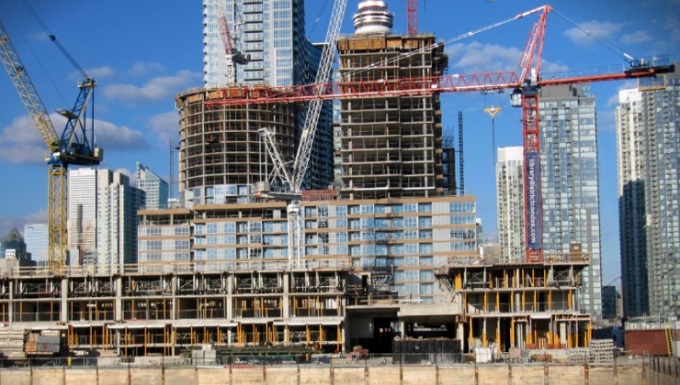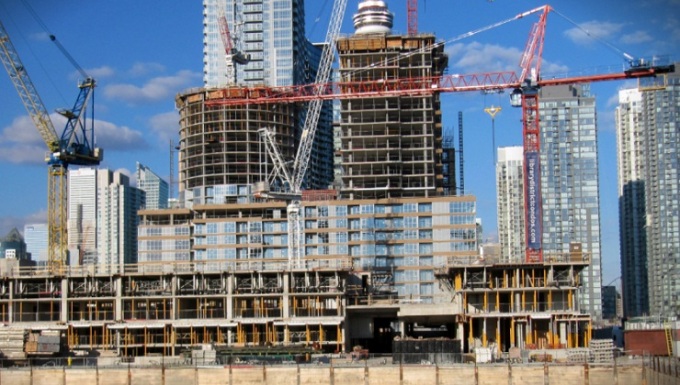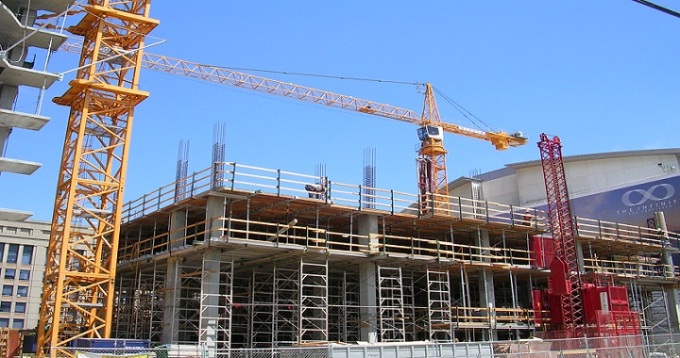Ken Research has released report on the growth estimates of Construction in Brazil, in the global market titled, “Construction in Brazil, Key Trends and Opportunities to 2020". This report renders comprehensive market analysis on the construction industry in Brazil involving the construction industry’s growth prospects by market, project type and construction activity, analysis of equipment, material and service costs for each project type, the risks and assessments to participants in the industry, profiles of the leading operators and the data highlights of the largest construction projects.

This report taps on the historical (2011-2015) and forecast (2016-2020) valuations of the construction industry, segmentation by sector and by project type, breakdown of values within each project type, by type of activity and by type of cost and as well as the analysis of key construction industry issues, including regulation, cost management, funding and pricing.
Construction Industry: Drivers and Constraints
The construction industry sector can be contemplated at the core of world economy. It is the backbone of modernization. By definition, the construction industry is that sector of the national economy engaged in the preparation of land, construction, alteration and repair of buildings, structures and other real property. Thus, the industry is mainly urban based. With this reference, industry growth in Brazil was enumerated to be inadequate during the review period from 2011-2015. The precipitation was due to the economic recession, which further contributed to the deterioration of the business environment in addition to the weak investor confidence which altogether resulted in the depletion of the construction industry. Accordingly, during the same period, the industry’s output value dwindled at a compound annual growth rate of -0.32%. Moreover, the large quantitative and qualitative infrastructure deficiencies resulting from the chronic underinvestment in construction of infrastructure in the last decade represent one of the main obstacles to economic growth and create an urgent need for action.
Despite these shortcomings for the construction industry growth, it has been anticipated to grow with nominal improvement. Although the economic recession is predicted to prevail until 2017, during which the industry’s growth will remain impeded. The recovery and minimal improvement phase will begin from 2018 subsidized by a gradual recovery in economic conditions succeeding improvements in investor and consumer confidence. The drivers also include positive socio-demographic trends, rising middle-class population, large housing shortage estimated at over 5mn units in 2014 and underserved demand for modern non-residential buildings. To regenerate the economic growth, the government has made efforts through incorporating flagship programs like ‘My House, My Life’, the Logistics Investment Program, Plano Decenal de Energia 2024 (PDE 2024) and the National Education Plan which are anticipated to boost the industry's growth over the forecast period of 2014-2024.
There are several working examples of the Brazilian government’s efforts as well. For example, privatization being considered as a means to stimulate economic growth, has been a major opportunity following which it introduced Projeto Crescer (Project Growth), an infrastructure privatization program aimed at stimulating private sector investment, anticipated to uplift the construction industry over the forecast period, in September 2016. The Chinese government is also expected to invest in infrastructure, energy, manufacturing and mining projects. In addition, as a part of the new energy plan PDE 2024, the Ministry of Mines and Energy revised the country's solar energy targets as compared to the target planned for 2023, in January 2016. The initial target includes producing 3,500MW of solar power by 2023 while the new target includes generating 7,000MW of solar energy by 2024.
Scope
Construction Industry can thus be reckoned as a flourishing industry in the forecast period if not now for the Brazilian economy complemented with the continuation of the developmental process. Hitherto, the decelerating economy, stubbornly high inflation and restricted credit supply coupled with slowing domestic demand stemming from record-low consumer and investor confidence are all affecting the development of the Brazilian construction sector but despite these existing economic woes, political turbulence and concerns, Brazil's building industry showed up in an eminent form at Feicon Batimat in 2016, one of Latin America's largest annual construction trade events and is relentlessly working to improvise over its industry growth.
The key leaders identified to be working upon the improvement of the construction industry include the Odebrecht S.A., The CCR Group, Cyrela Brazil Realty SA Empreendimentos e Participacoes, Construtora e Incorporadora SA, and Gafisa SA.
Key Topics Covered in the Report:
Brazil Construction Industry Research Report
Brazil Construction Industry Trends
Brazil Construction Market Forecast
Global Construction Industry Research
Brazil Commercial Construction Industry
Brazil Residential Construction Market
New Construction Projects Brazil
Brazil Construction Equipment Market
Brazil Construction Industry Competition
For more coverage click on the link below:
For related links:
Contact Us:
Ken Research
Ankur Gupta, Head Marketing & Communications
Ankur@kenresearch.com
+91-9015378249
Ken Research
Ankur Gupta, Head Marketing & Communications
Ankur@kenresearch.com
+91-9015378249




